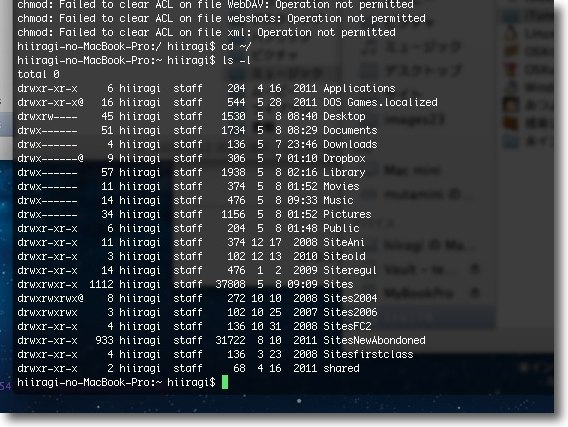
Only use it if you are sure what you are doing. BatChmod is very useful for those files you had import from other Mac or to force the emptying of the Trash folder. It is designed to manage physical collections of items (books, CDs, videos, reference, etc.). I find the permissions thing a bit flakey and use a freeware program called Batchmod to change the permissions of a file or folder and contents. About: Koha is a Integrated Library System (ILS). People who don't can render their whole system unbootable. select the file and command I, look at details and see if file is read write. There is a utility called batchmod which will modify permissions in batch, if you know what you are doing.
OSX BATCHMOD MAC OS X
One method to fixing some machines that won't boot the hard disk with 10.2 and up is use the Mac OS X 10.2 installer CD's Disk Utility in the Installer menu.

OSX BATCHMOD FOR MAC OS X
With Mac OS X 10.1.5 and up you can run an Apple utility to fix permissions to match the template of the operating system's expected permissions:Īnd for Mac OS X 10.2 and up, use the Applications -> Utilities -> Disk Utility -> First Aid tab -> select the hard disk and hit the Repair Permissions button if your machine will boot to the desktop. If you are having issues accessing or file or if you dont have permission to access it, BatChmod will instantly give you access. Step 3: Search for BatChmod 1.7b5 in the /Applications folder, then drag its icon to the Trash icon located at the end of the Dock, and drop it there. Step 2: Launch Finder on your Mac, and click Applications in the Finder sidebar. Changing the permissions can leave certain files and folders inaccessible if its not altered correctly. Step 1: Quit BatChmod 1.7b5 as well as its related process(es) if they are still running.


Mac OS X's operating system and applications have very specific permissions that you don't want to mess around with. BatChmod allows you fully control permissions and privilege in Mac OS X’s settings for files, folders and disks. To import the VMDK file, create a custom virtual machine, choose your OS X version, select 'Use an existing virtual disk', and navigate to your file. Most of the time unless you are going to really get into the Unix of Mac OS X you don't want to Chmod. If the image was created under a different user account, you may need to change ownership and permissions of the VMDK file before importing BatChmod makes it easy.


 0 kommentar(er)
0 kommentar(er)
